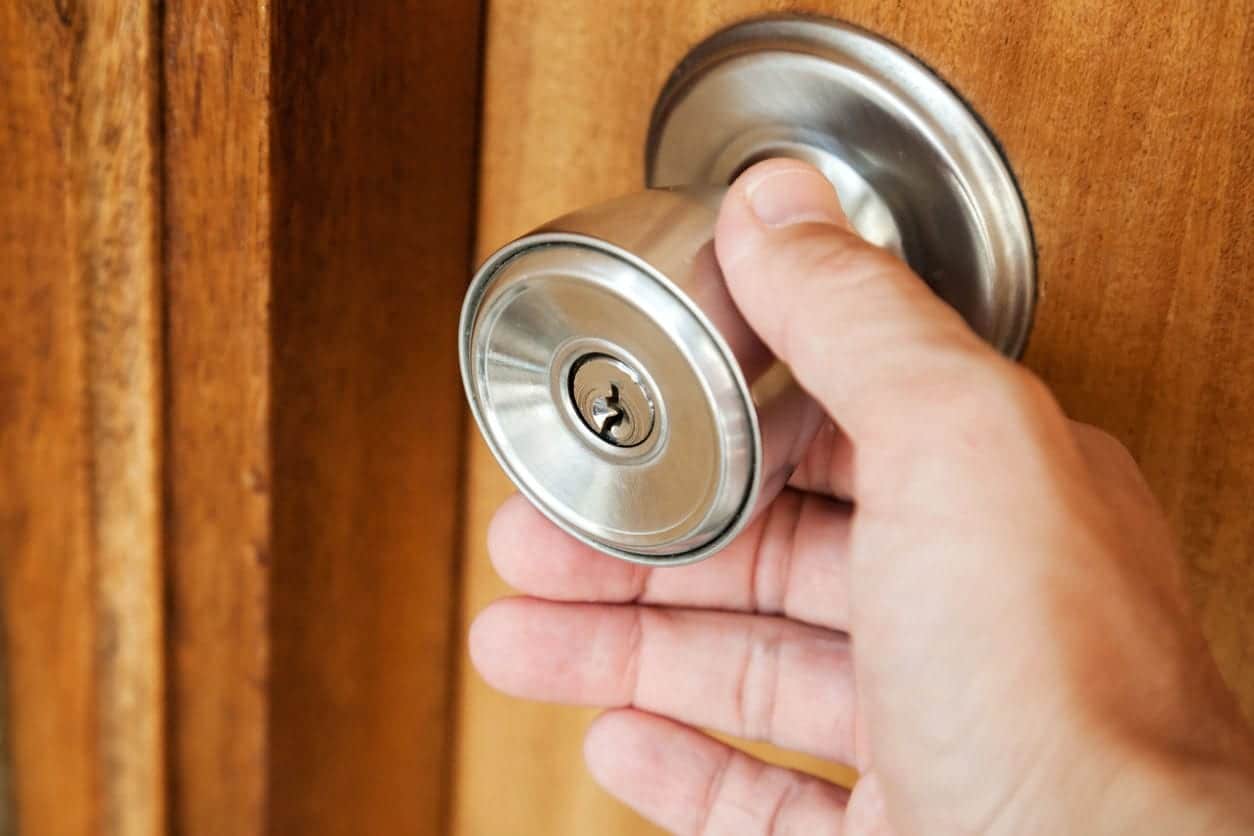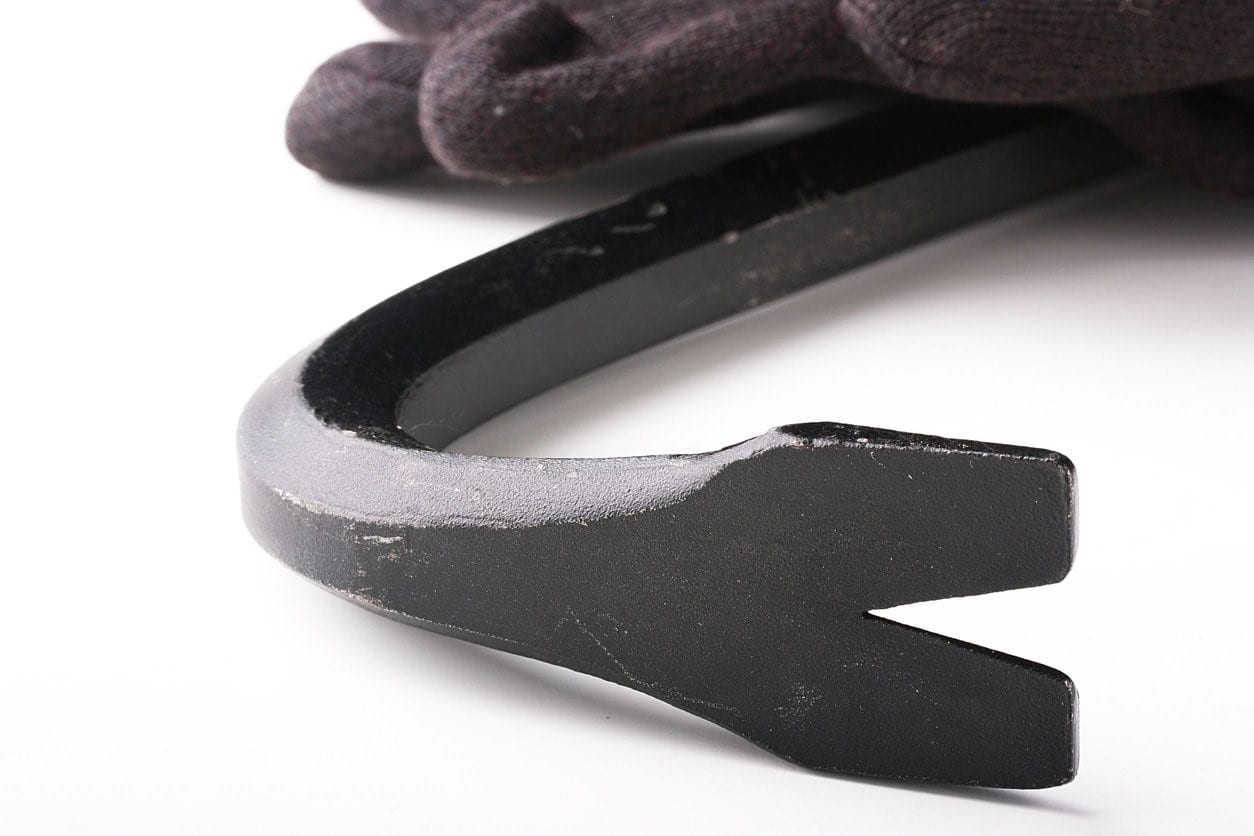
Not all burglaries are committed by masked robbers wearing black-and-white striped shirts.
There are a few different scenarios that can find you or a loved one facing a burglary charge. Maybe you were breaking and entering, but you had no intention of committing any theft. Maybe you were mistaken about which house was your friend’s. Maybe you were trying to play a prank.
But even if you did not take anything, unlawful entry into an unauthorized building or home with the intention of committing a crime is considered burglary. Because of this, there are serious consequences attached.
Depending on the nature of the crime, you could be facing either a misdemeanor or felony. Simply entering a building unlawfully with the intent to commit a misdemeanor (other than a theft) qualifies as a fourth degree burglary. You may be sentenced to up to one year in jail and have to pay a fine of up to $3,000. If you go into a building without permission with the intent to steal something or commit a gross misdemeanor or felony, you can be charged with a third degree felony. This means you can face up to five years in jail and a fine of up to $10,000.
Those punishments are bad enough, but in Minnesota the consequences are even harsher if the building you allegedly burgled is considered a dwelling. This type of crime is classified as a home invasion.
Break Into a Dwelling, Face Serious Consequences
Home invasions are viewed as more serious than burglaries in different types of buildings because of the intimate nature of breaking into the place where someone lives. Here are the classifications and penalties associated with residential burglary.
- Second Degree Burglary: Felony; up to 10 years in jail and/or a $20,000 fine
- To be charged with second degree burglary, you must have unlawfully entered a dwelling or specific building (bank, pharmacy, and so on) with the use of force or the threat of force, or been in possession of the tools of burglary with the intention of committing a crime at the time of the burglary.
- First Degree Burglary: Felony; up to 20 years in jail and/or a $35,000 fine
- This is the most serious burglary charge. First degree burglary is defined as a burglary of a house or building while another person is also in the building (other than an accomplice), where you commit an assault, or when you are in possession of a weapon.
How Burglary Tools Factor In to Residential Burglary Charges
Even if you do not actually break into a home, possessing burglary tools with the intention of committing burglary can result in a felony charge. Penalties include up to three years in prison and/or a $5,000 fine. Burglary tools are tools or weapons that can be used to break locks, pry open doors, and so on. The following may be considered burglary tools in court:
- Lock picks & master keys
- Screwdrivers
- Spark plugs
- Crowbars
- Bolt cutters
- Hammers
- Explosives
Fighting Back against Home Invasion Charges
To be convicted of burglary, a court needs to find you guilty in both your actions (unlawful breaking and entering) and your intentions (committing a crime). Even if there is security footage or hard proof that you entered a building, you can argue to the court that your intentions were not to commit a crime or that you believed you had permission to enter, just to name a few potential defenses.
How do you know which defense will work best in your particular situation? By consulting with an experienced Minnesota criminal defense lawyer who has had success dealing with these types of charges.
About the Author:
Christopher Keyser is a Minneapolis-based criminal and DWI defense attorney known for fighting aggressively for his clients and utilizing innovative tactics to get the most positive results. He has been featured in numerous media outlets due to the breadth and depth of his knowledge, and recognized as a Minnesota Super Lawyers Rising Star (2014–2015), a Top 100 Trial Lawyer (2013–2015), and a Top 40 Under 40 Attorney (2013–2015).






